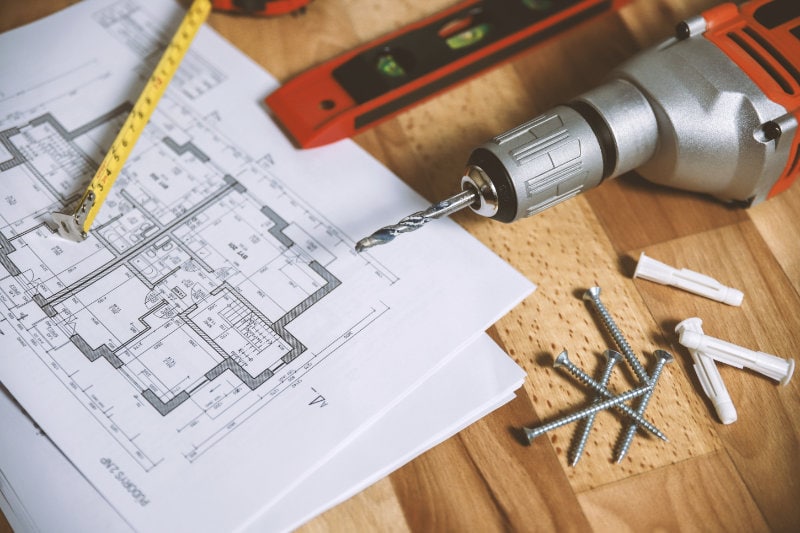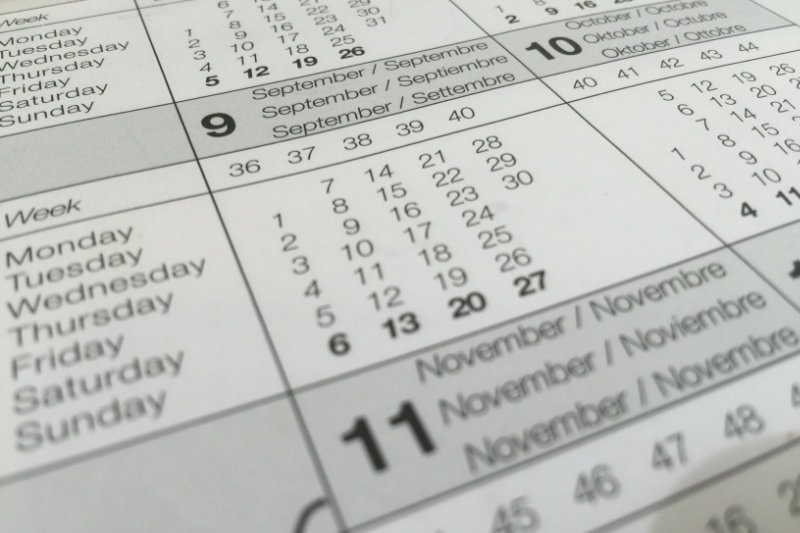
Moving home is something people might only do once twice in their entire lives. There are many things that can go wrong and it’s common for people to lack the expertise and knowledge to do it smoothly.
To help you keep track of the many things you need to do, we’ve put together a guide to the different phases of moving home, complete with checklists to assist with your planning process.
Phase 1: The Time for Research
The research phase is tedious but necessary and should start as soon as possible, ideally at least eight weeks before moving home.
This phase involves doing all the research you need to find the right people – whether interior designers, professional movers, contractors or electricians – to help you with your renovations and actual moving, and to find out the costs.
First, determine which professionals you need to work with. For instance, ask yourself what the condition of your new home is, and if there are new features you need to add in. If so, you should speak to a contractor and electrician.
Do you have friends and family who are willing and able to help you move and assemble your furniture? And do you have space in your new place for all your items? If not, reach out to a professional moving company and look into storage options.
Also, although you may be capable of safely packing your clothes, books, and ornaments, do note that appliances like refrigerators, stoves, and washers may need specialty packers.
It is normal to be unsure of what you need, so seek advice from friends and family about their moving experiences, and do a search on the Internet. Use these avenues to get referrals to companies and people to work with.
Even with referrals from friends, it is advisable you meet the companies you want to work with in person before making any commitments. You can get an indication of their professionalism from the way they reply to your emails and answer your phone calls, but a face-to-face meeting will give you a better gauge of if you will be able to work together well for the rest of the home-moving process.
Prior to the meet-up, prepare a list of questions to understand their workflow better. Some questions include:
About the process:
- How long will the process take and what are the significant milestones to work towards?
- Will the work be done by an in-house team, or outsourced to vendors?
- What permits are required?
- Who will the point of contact be?
About payment:
- What are their policies about payment and cancellation?
- What forms of payment are accepted?
- Is there insurance for delayed timelines or broken items?
- What additional charges might arise? This is especially important as movers may charge more if they have to take the stairs, or if there are specialty or fragile items.
Read up on what should be in your renovation contract, and arrange for an in-person or video inspection of your belongings and new home to help companies provide a more accurate quote.
Phase 2: The Time to Plan
Consolidate your research and make concrete plans at least six weeks before your ideal moving day.
This involves hiring the different companies, signing off on the quotations and setting a schedule for the work to be done.
On the renovation front, you will need to apply for permits. For HDBs, you will need to engage a contractor listed in the Directory of Renovation Contractors (DRC), while those in private residential property may need to seek permission from the Building and Construction Authority for structural plan approval. In condominiums, additional approval is needed from condominium management. You should check with your contractors or interior designer to confirm the full list needed.
This phase is also where you come up with a plan for packing. Do an inventory of your items and decide which to keep and what to throw away, which furniture you want to bring and what new items to buy. Taking a leaf from the popular KonMarie method, try to sort your items by category, rather than by location. To reduce wastage as you clear the clutter, go beyond the Salvation Army and look for places like the FairPrice Share-a-textbook initiative or the H&M Garment Collection Program which may be interested in your unwanted items.
Then, come up with your packing strategy. A general guide would be to pack non-essentials like books and decorative items first, and essentials. You can refer to our guide to packing for more assistance.
Finally, you can start to order your moving supplies. A professional Singapore home moving company will often provide you with items like boxes, bubble wrap, and tape. Check that these boxes are not already used and labeled, which can make them less sturdy and harder for you to label.
Phase 3: Preparation and Progress Monitoring
This phase is short and begins around a month before moving. It involves monitoring progress and making sure everyone – from the professionals you have hired to your family – are on the same page.
Brief your movers, begin selling or donating the items you don’t want and start packing. Remember to properly label or even colour code your boxes to make it easier for the movers to sort out which rooms each should go into.
If your renovations or set-up of utilities are not on track at this stage, make plans to adjust your moving schedule.
Phase 4: The Last Leg
The last leg begins around 2 weeks before the official move. Complete packing, ensure that renovation has been completed and at least the basic utilities are set-up and working.
Use these questions to cover your bases:
For your old home:
- Have all repairs and restoration work been done?
- Is the landlord inspection planned and settled?
- Have you identified the disposal points for unwanted items?
- Have you arranged for the home to be cleaned before the handover?
For your new home:
- Are the renovations complete?
- Are all the utilities working?
- This includes:
- Electricity (you can contact Singapore Power if there are problems)
- Power points
- Water and heaters (reach out to PUB for water supply problems)
- Internet connection
- Have you arranged for someone to clean the place before moving in?
For the moving day:
- Is the moving schedule set?
- Do you know where the moving trucks can park? And have you gotten the necessary permission for unloading?
- Have the movers been briefed?
- Do you know where the disposal points are in your new estate?
- Does everyone in your family (including pets and children) have transport to the new home and food for the day?
Phase 5: The Big Day!
Do a final sweep of your old place to ensure all switches are off and items packed. It might also be helpful to prepare water and snacks for your family and movers to keep everyone’s energy up.
Everyone is likely to be tired, so don’t rush the unpacking. On the day itself, aim to complete the important areas like bedrooms and toilets. You can do the entertainment areas like the living room over the next few days.
Phase 6: Settling in
Once unpacking is done, you’re almost fully settled in. Just a few more things to note before you’re back to normal life. A very important part of which is to update your address with the relevant organisations:
- ICA or at any neighbourhood police post for any public services. Refer to this list of what to bring
- Banks
- Insurance companies
- Telcos
- Magazine/newspaper delivery (if any)
- Online shopping and food delivery
Tempting though it may be to procrastinate on this, try to have it completed within the first month in the move in case you miss out on important mail!
Remember, moving has its challenges but you do not have to do it alone. In addition to your friends and family, there are many professionals around who are happy to help you understand the process, identify any blind spots you have, and help you smoothen the process. If you need more information on moving, contact the CYCMovers team on Facebook, or email to see what we can do for you.


